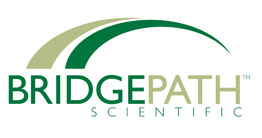
The way cells divide to form new cells — to support growth, to repair damaged tissues, or simply to maintain our healthy adult functioning — is controlled in previously unsuspected ways UC San Francisco researchers have discovered. The findings, they said, may lead to new ways to fight cancer.
The steps leading a quiet cell to make and divvy up new parts to form daughter cells rely on some of the cell’s most complex molecular machines. Different machines play key roles at different stages of this cell cycle. Each of these cellular machines consists of many proteins assembled into a functioning whole. They carry out such tasks as repairing DNA in the newly replicated gene-bearing chromosomes, for instance, or helping pull the chromosomes apart so that they can be allocated to daughter cells.
In a study published online on October 10, 2013 in the journal Molecular Cell, UCSF researchers led by molecular biologist Davide Ruggero, PhD, associate professor of urology, and computational biologist Barry Taylor, PhD, assistant professor of epidemiology and biostatistics, found that the production of entire sets of proteins that work together to perform such crucial tasks is ramped up together, all at once — not due to the transcription of genes into messenger RNA, a phenomenon scientists often study to sort out cellular controls — but at a later stage of gene expression that occurs within the cell’s protein-making factories, called ribosomes.
“We have found that these proteins are regulated specifically and exquisitely during the cell cycle,” Ruggero said. When this regulation falters, it wreaks havoc in the cell, he added. “Cell-cycle control is a process that is most often misregulated in human disease,” he said.
More specifically, the researchers found that this coordinated timing of protein production during the cell cycle is largely governed at the tail end of gene expression, within the ribosome, where cellular machinery acts on messenger RNA to churn out the chains of amino acids that eventually fold into functional form as proteins.
